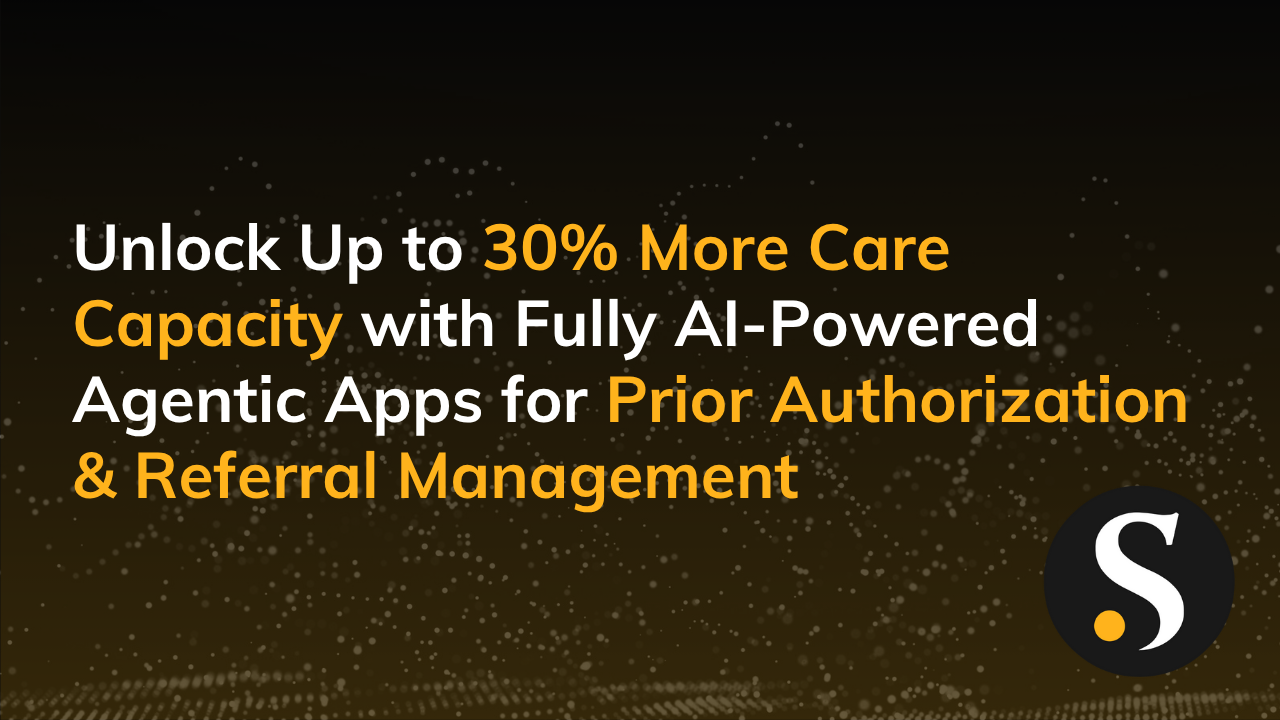The traditional process of app development for business processes is often a lengthy and resource-intensive one. It takes a lot of time and effort to create a software solution from scratch.
Project requirements that include planning, designing, development, testing, and deployment must be thoroughly laid out and discussed. The entire process usually relies on highly-paid and time-constrained resources.
And, now for the good news. Low-code no-code platforms like Microsoft Power Apps are addressing a huge part of this complicated process, allowing businesses to accelerate digital transformation. Power Apps is handy for developing complex software applications with minimal resources.
In this fast-paced digital world, businesses require rapid app development capabilities that open up the creation process to everyone—not developers only. It’s time to reexamine your software backlog, explore options with Microsoft Power Apps, and join the low-code no-code movement.
What is Microsoft Power Apps?
Power Apps is Microsoft’s entry point into the world of low-code development platforms. It’s software designed for “citizen” developers to help them quickly and seamlessly create business web and mobile applications that fit specific business needs.
These apps natively integrate with workflow engines like Microsoft Power Automate to streamline your business processes. Additionally, applications created using Power Apps are dynamically designed. They run smoothly in your browser or on mobile devices right out-of-the-box (phone or tablet).
The apps you create using this platform easily connect to enterprise data via the Common Data Service platform and on local data sources such as Microsoft SharePoint, Microsoft 365, Excel, Dynamic 365, and SQL server. These apps are not limited to Microsoft-centric businesses and they connect to other enterprise software solutions like Oracle, SAP, and Salesforce.
Forrester recently described Microsoft Power Apps as the leading software in the Forrester Wave Low Code Development Platforms and rated it the strongest option when it comes to strategy. Power Apps democratizes the enterprise customer application creation experience by empowering developers to create feature-rich custom apps without writing code.
Low-Code and No-Code Platforms Deliver Speed and Ease
Low-code or no-code platforms like Microsoft Power Apps are like legos for application development. Power Apps utilizes small, intuitive components to easily create large and robust structures. The interesting part is that changes can be made without interrupting the rest of the structure under construction.
The presence of useful tools on no-code platforms—and auto-compiling, as well as generation of code—makes the process of app development, testing, and deployment much faster and easier.
Drag and drop features, plus a user-friendly user interface, allow citizen developers to design their solution intuitively…without the need for large teams. It’s easier to identify and fix errors immediately. Maintenance and regular updates are achieved with a few clicks.
Modern organizations are implementing low-code platforms to handle their app development needs. They are ditching the time and resource-consuming process of traditional app development to create business applications of any complexity.
Benefits of Low-Code and No-Code App Development Platforms
Designed with speed of implementation in mind, low-code and no-code app development platforms minimize the overall amount of actual coding required, making them a popular choice for businesses that require fast innovation to stay ahead of the competition.
There are numerous benefits of implementing the Power Apps platform into your business. Let’s explore each one in more detail.
1. Democratizes Application Development
One of the amazing features of Power Apps is that it gives even non-technical savvy developers a way to create business solution applications via a user-friendly interface. Anyone can be a developer, whether they code or not. The term “citizen developer” was born from this movement.
Power Apps is part of a growing low-code no-code movement. It’s designed to create a rapid custom application development environment, building apps and programs without being required to learn coding languages. As Nadella from Microsoft describes it, “Power Apps are like building a PowerPoint presentation where you move items around to get your app to look exactly how you want it.”
Power Apps involves dragging and dropping information, buttons, maps, or anything else you need when building a presentation. It becomes easier to create full-fledged apps that work on multiple operating systems, without typing any single line of code.
This saves an extensive amount of time and money for companies, as developers create large, complex applications much faster. Additionally, this means that fewer people are needed to work on a single project, giving IT teams more opportunities for creating apps within limited time frames.
Considering the fast pace of modern business, there is no doubt that fast and extensive app development for the automation of workflows and business processes through citizen developers is valuable for most organizations.
2. Managing Software Backlogs
Check-in with any IT leaders and you’ll find a pending backlog of updates, changes, and enhancements that are on the to-do list of the company. This backlog carries implications with both your stakeholders and future earnings of the business.
With low-code app development platforms available to almost everyone, it’s easier to keep backlogs under control. Extensive backlogs bring persistent challenges. The biggest challenge? IT departments fall behind with completing priority tasks that help the business innovate and grow.
Power Apps enable a wider workforce to create custom apps under the guidelines of citizen developers to solve pressing problems. This gives IT and their extended team relief from the pressure of their seemingly unconquerable app backlog.
3. Lower Cost of App Development and Operation
With the ability to create more apps in less time, cost decreases. Forrester’s study found the average cost to develop an app is 70% less with Microsoft Power Apps and Power Automate.
But that’s not the only driver. The overall costs of app development are further reduced, because low-code software development platforms allow you to develop in-house. Hiring costs decrease when you are less dependent on outside expertise to build and maintain your business apps.
By reducing application development time, empowering non-developers to create applications, and increasing workflow functionality, you achieve more benefits—such as reduced time-to-market, increased revenues, and better customer service.
4. Automated Workflows
Power Apps are easy to build, fast to deploy, and easy to integrate with other systems with the help of Power Automate.
- Send important information, updates, and news to staff and clients on their mobile devices with push notifications.
- Leverage Robotic Process Automation (RPA) and automating workflows across multiple applications, without help from developers.
- Align tasks, easily share and access data, and automatically write information from one system to another for easy retrieval.
- Enjoy event-triggered functionality, such as reporting and resolving issues, even when administrators are not in the office.
5. Increased Development Resources
With a new workforce enabled, IT tasks are delegated to citizen developers who come up with great ideas, build prototypes, test, and deploy these concepts. By distributing the responsibility for app development across more resources, the no-code platform helps take away the strain on IT resources.
This sense of relief allows IT to focus on business-critical projects. Power Apps also empower the people around the business to create solutions that help your team members get more done with greater efficiency.
Drive Transformation with the Low-Code No-Code Movement
The low-code no-code movement allows your business to drive transformation on your terms and at your own pace.
If your team is looking for more efficient ways to process information, Microsoft Power Apps may be the solution you’ve been looking for. When integrated with the rest of the Power Platform, such as Power BI and Power Automate, there is even greater potential to propel your business forward.
______________
The Skypoint CSG team is well-versed with Power Apps and we’re here to help you uncover the insane capabilities of this solution. Get started here.




